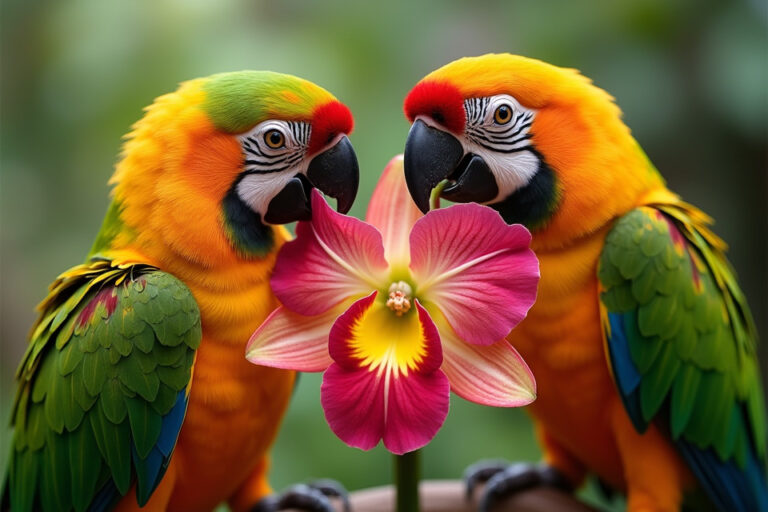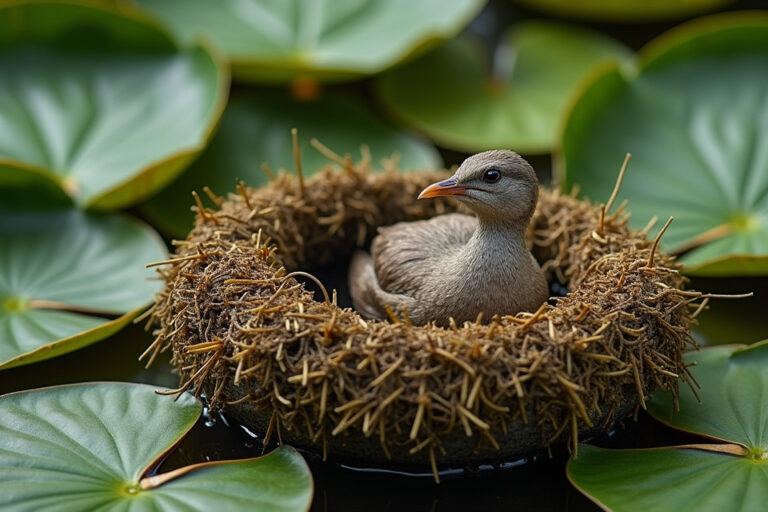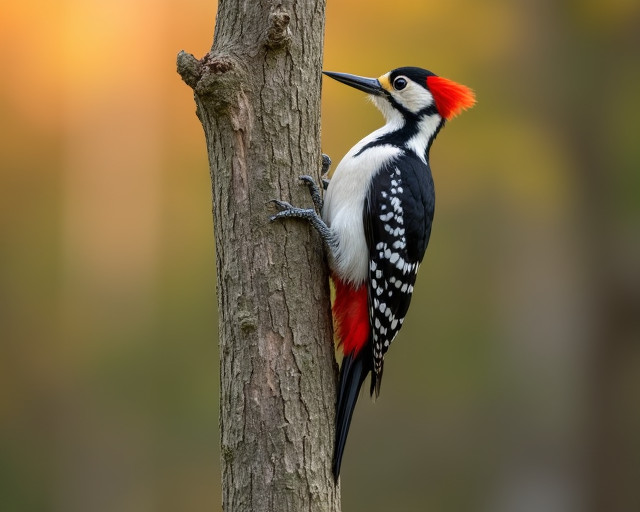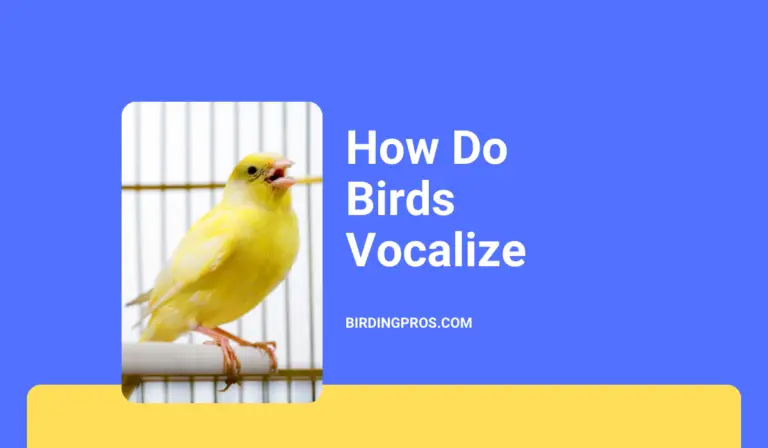When should I stop putting out hummingbird nectar?
There’s no one-size-fits-all answer to when you should stop putting out nectar for hummingbirds because it depends on your location, the species in your area, and the local climate
Hummingbirds are a joy to watch in any garden. These tiny, colorful creatures zip around with incredible speed and agility, often visiting hummingbird feeders filled with nectar. Many bird lovers put out feeders to help provide these birds with the energy they need to thrive.
As the seasons change and cooler weather sets in, you might start to wonder when it’s time to stop putting out nectar for the hummingbirds.
This question is important because hummingbirds rely on food sources to fuel their long migrations. Knowing the right time to stop feeding them ensures that you’re supporting their journey without unintentionally delaying their natural migration.
Contents
First Learn Hummingbird Migration Pattern
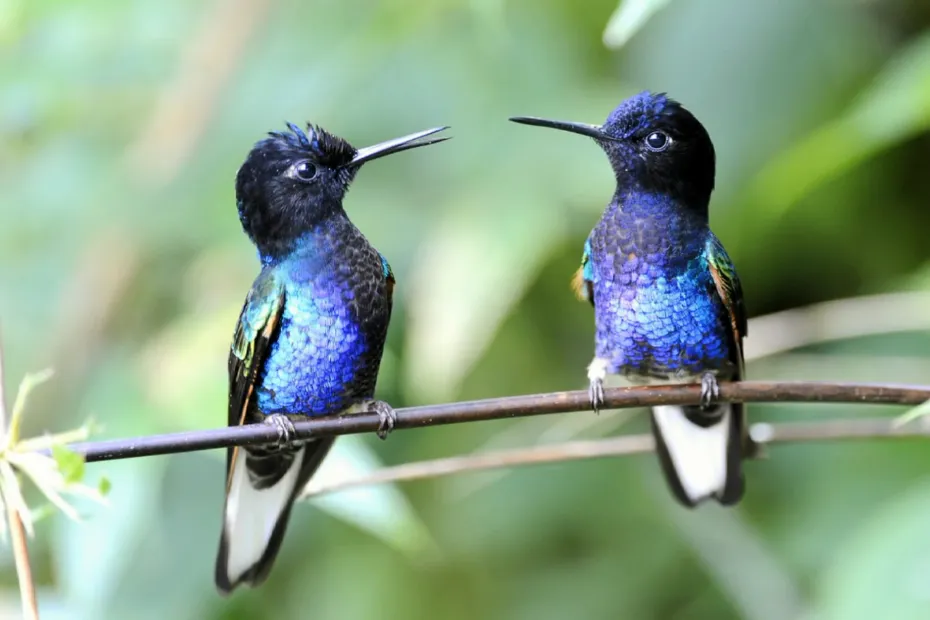
Before we discuss when to stop putting out nectar, it’s helpful to understand a little about hummingbird migration.
Not all hummingbirds stay in the same place year-round. In fact, most hummingbirds migrate south for the winter to find warmer climates with more abundant food sources.
Why Do Hummingbirds Migrate? Hummingbirds migrate because they can’t tolerate cold temperatures for long periods.
These birds rely heavily on nectar from flowers as a primary food source, and when the weather cools, flowers begin to die off, leaving hummingbirds with fewer food options. In addition, many hummingbird species migrate to escape freezing temperatures, which can make survival impossible.
How Far Do Hummingbirds Travel? Hummingbirds can travel incredible distances during migration. For example, the ruby-throated hummingbird, one of the most common species in North America, migrates from the northern U.S. and Canada all the way to Central America, covering thousands of miles.
Along the way, they stop frequently to rest and refuel, relying on nectar from flowers and feeders to give them the energy they need for the journey.
Timing of Migration Most hummingbirds migrate in the fall, usually between late August and early October. However, the exact timing depends on the species and where you live.
Some species, like the Anna’s hummingbird, may not migrate at all and can stay in warmer areas like California year-round.
Related Post: How Do Birds Vocalize? List of Birds Who Vocalize Quickly
When Should You Stop Feeding Hummingbirds?
There’s no one-size-fits-all answer to when you should stop putting out nectar for hummingbirds because it depends on your location, the species in your area, and the local climate. However, there are some general guidelines that can help you make the decision.
1. Wait Until You No Longer See Hummingbirds
One of the easiest ways to determine when to stop feeding hummingbirds is simply by observing them.
If you notice that hummingbirds are no longer visiting your feeder regularly, it’s a good sign that most have already started their migration.
As a rule of thumb, you can stop feeding hummingbirds about two weeks after you see your last visitor. This ensures that any late migrants still passing through have access to food.
2. Consider Your Location
Where you live plays a big role in when hummingbirds leave and how long you should continue feeding them. Here’s a breakdown of different regions:
Northern Areas (Canada, Northern U.S.): In cooler regions, hummingbirds typically begin their migration as early as late August or early September. You’ll want to keep your feeder up until two weeks after the last sighting, usually by mid to late September.
Central and Southern U.S.: If you live in warmer regions of the U.S., such as Texas or the Southeast, hummingbirds may stick around longer, sometimes into October or November. In these areas, keep your feeder up as long as you still see hummingbirds.
Western U.S. and California: In places like California or the Pacific Northwest, certain species like the Anna’s hummingbird might stay year-round if the winters are mild enough. If you live in these areas, you can leave your feeder up all winter to support the birds that don’t migrate.
3. Leave the Feeder Up for Stragglers
Even after most of the hummingbirds have left, it’s a good idea to leave your feeder up for a little longer to help any stragglers or late migrants. Not all birds migrate at the same time, and some may take longer to start their journey south.
Hummingbirds in Warm or Mild Climates
In some parts of the U.S., like southern California, Florida, or the southern tip of Texas, hummingbirds may not migrate at all.
These areas have warmer temperatures year-round, allowing certain hummingbird species, such as the Anna’s hummingbird, to stay in the same region.
If you live in one of these warmer climates, you don’t have to worry about migration timing as much. Instead, you can keep your feeder up all year, especially during the colder months when natural food sources like flowers may be less abundant.
If you do decide to keep your feeder up during the winter in these areas, be sure to maintain it properly by cleaning it regularly and making sure the nectar stays fresh.
How to Help Hummingbirds During Cold Weather
If you live in an area where hummingbirds remain throughout the winter, there are a few things you can do to help them thrive even when the temperatures drop.
1. Keep the Nectar Fresh
Even in colder weather, it’s essential to keep your hummingbird nectar fresh. Nectar can spoil or ferment, especially if the feeder is exposed to direct sunlight for long periods. Check the nectar every few days and replace it if you notice cloudiness or an off smell.
- Nectar Recipe: The standard nectar recipe is four parts water to one part white granulated sugar. There’s no need to add red dye, as this can be harmful to hummingbirds.
2. Prevent Freezing
In colder areas, nectar can freeze overnight, making it difficult for hummingbirds to feed. To prevent this, try these tips:
Bring the Feeder Inside: At night, you can bring the feeder inside and then put it back outside in the morning.
Use Heat Lamps or Warmers: Some people use small heat lamps or wrap holiday lights around the feeder to prevent freezing. There are also specially designed feeders that have built-in heaters.
Swap Out Feeders: Keep a second feeder on hand so you can rotate them. Swap a frozen feeder with a fresh one while you thaw the other inside.
3. Place the Feeder in a Warm Spot
Try to place your hummingbird feeder in a location that gets sunlight during the day, such as a south-facing window. This helps keep the nectar warmer and less likely to freeze in cold weather.
Related Post: Birds by the River: An Insider’s Guide
Important Considerations for Hummingbird Feeding
While helping hummingbirds by providing nectar can be rewarding, it’s essential to ensure that your actions are actually helping rather than harming them. Here are a few things to keep in mind:
Don’t Remove Feeders Too Early: Some people worry that keeping feeders out too long will prevent hummingbirds from migrating, but this is a myth.
Hummingbirds migrate based on instinct and the changing daylight hours, not the availability of food. If they need to migrate, they will, whether or not there’s a feeder available.
Clean Feeders Regularly: Whether you’re feeding hummingbirds in summer or winter, keeping the feeder clean is crucial. Dirty feeders can grow mold or harmful bacteria that can make birds sick. Clean your feeder with a mixture of hot water and vinegar every few days, especially during warm weather.
Check Local Migration Patterns: If you’re unsure about when hummingbirds typically migrate in your area, consider checking with local birdwatching groups or using online resources to track migration patterns.
Final Words
In most areas, you can stop putting out nectar for hummingbirds about two weeks after the last sighting of these fascinating little birds.
Exact timing depends on where you live, the species in your area, and local weather conditions.
Paying attention to migration patterns and keeping feeders up a bit longer for stragglers, you can help ensure that hummingbirds have the energy they need for their long journey south.
If you live in a warmer climate where some hummingbirds stay all year, you can continue feeding them through the winter, just make sure to keep the nectar fresh and the feeders clean.
With a little attention, you can support these amazing birds as they migrate or overwinter in your backyard!

